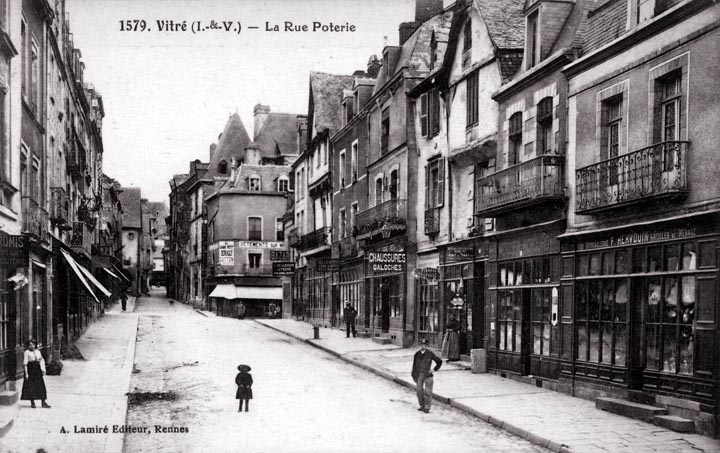Tapered StreetsStrictly speaking, a taper implies a wedge shape, and most of the cases we will be seeing in this chapter are actually stepped, not tapered. The difference is in fact of some significance, and one sees taper in most medieval streets. Steps create discontinuities in the building frontage, whereas tapers do not. The breaks can be dead space or can be adopted for a variety of purposes, most of which improve the street and add points of interest. However, the important point is that streets are much more interesting when they are not of constant width. Tapers and steps can be used to add small public spaces where a square would be excessive (we can't have functioning squares at every intersection unless the population density is at Hong Kong levels or where the block length is very (too) long). Note that it is possible to maintain a grid pattern even while applying tapers and steps. While there is no real need to maintain a grid pattern absent automobile traffic, quite a few people seem to prefer it, and it seems reasonable to provide at least some neighborhoods built to a grid. The odd thing about grids is that they have had, if you will, a checkered past. The Romans built their new cities on grid plans, and the grid came back into fashion several hundred years ago. In between, few cities were laid out on the basis of a grid. Since the war, many North American neighborhoods have seen the grid again abandoned in favor of cul-de-sac street patterns (which must be the most confusing possible arrangement, and the least forgiving of any error in navigation).
|
 Next City Design Home
E-mail |